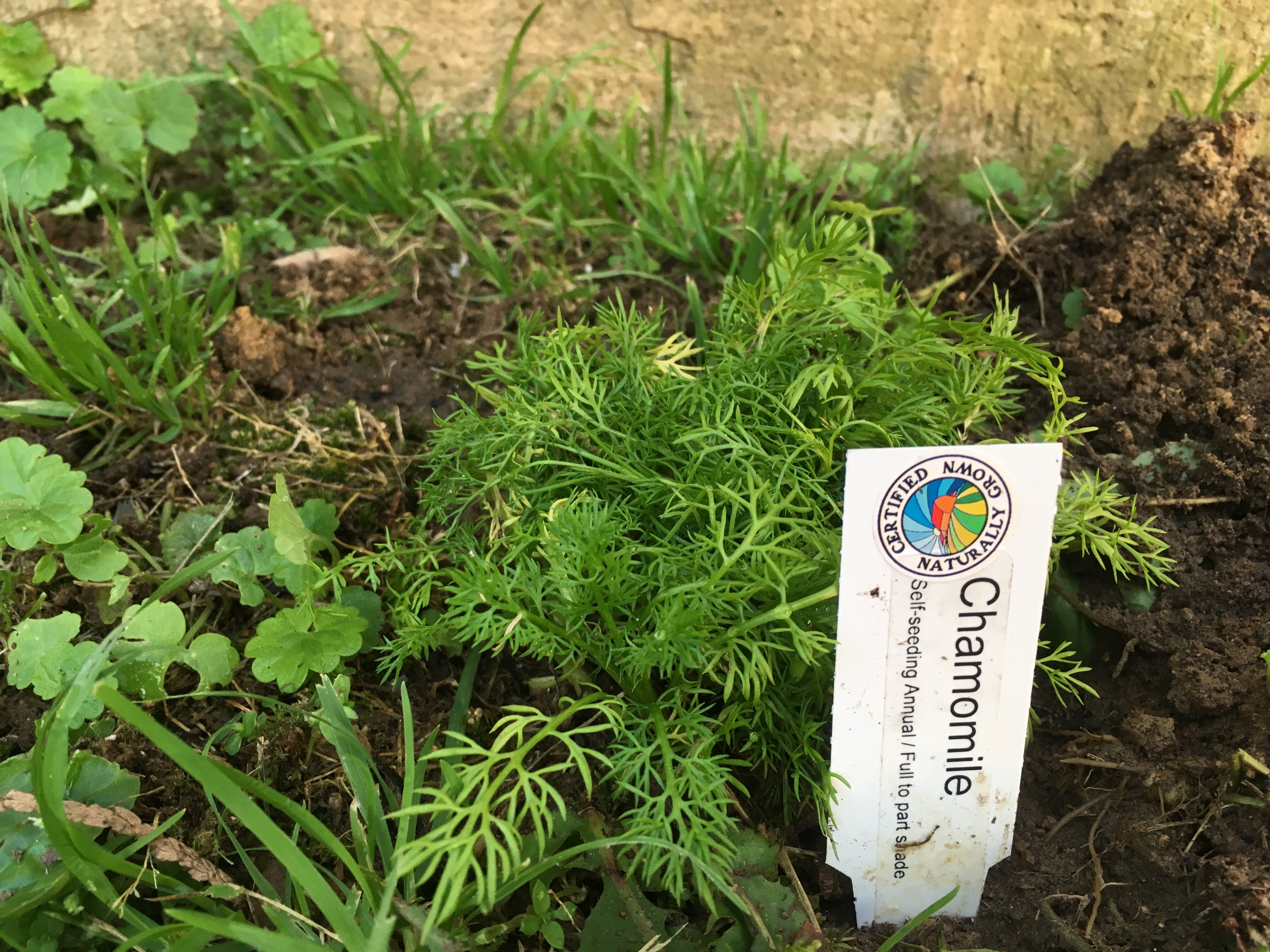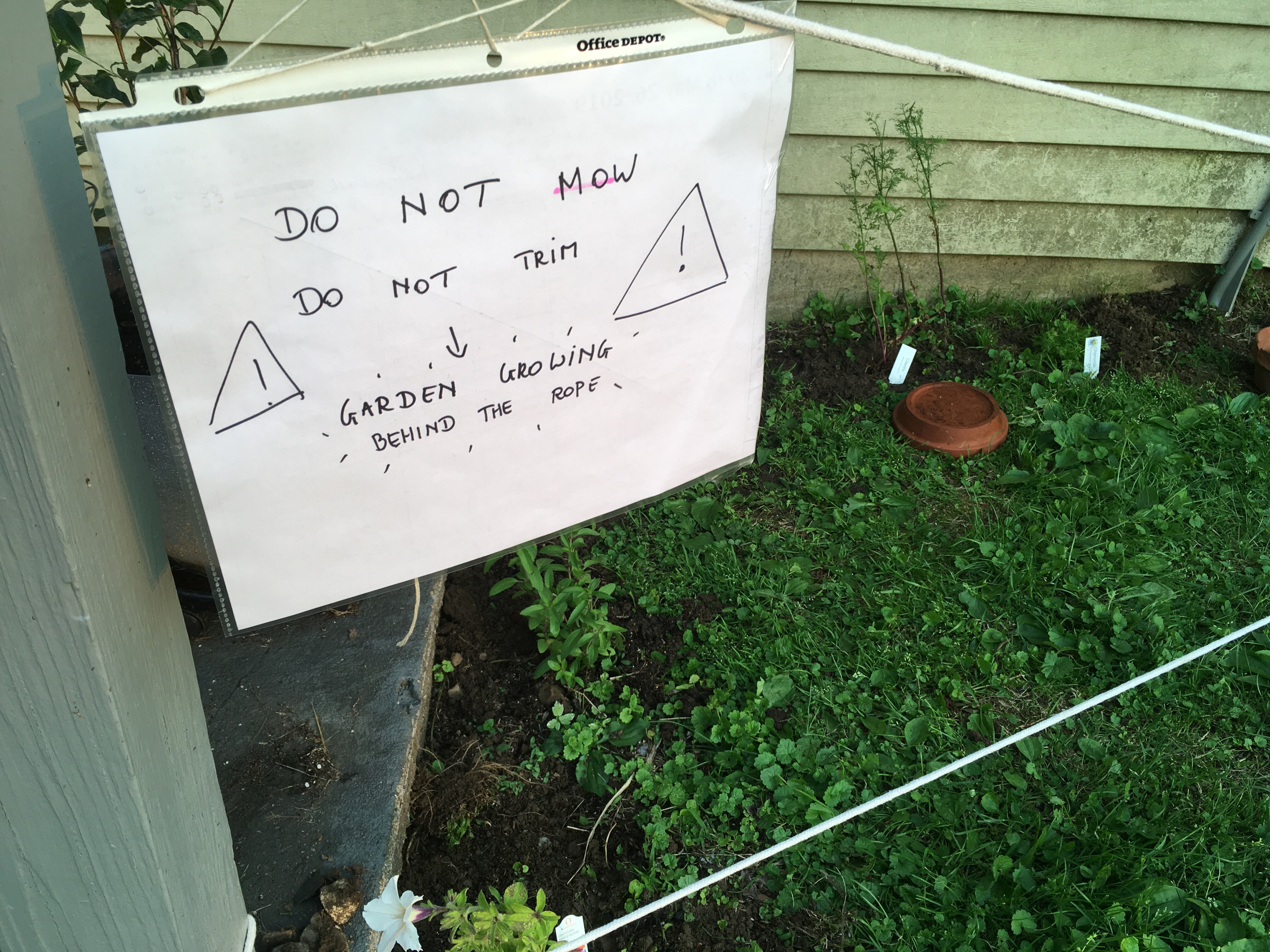"More than just fluffy bunnies"
(Backyard Wildlife College, Allentown PA, est. 2017)
Infrastructure improvements at Backyard Wildlife College
On Friday evening, we arranged for some improvements to the infrastructure of the College.
With the fear of frosty mornings a few weeks behind us, the little patio was repopulated with its usual sojourners: a small selection of herbs, a couple of succulents, and a growing collection of carnivorous plants.
We opted for an experiment in full soil growth, with a random mix of herbs and flowers, including some rescues.
1. Petunia. A freebie that was table decoration during an open house at Muhlenberg College, rescued from oblivion at the end of the session.
2. Lemon Bee Balm: useful for all sorts of things apparently, but let's first see if it grows and provides some flowers for the bees and bumbles on the BWC campus. It's an annual, and with a bit of luck there will be seeds to germinate next year. We will of course let you know if that happens!

Lemon bee balm
3. Daisy. Another rescue from an open house table decoration. Potted flowers are for more than just the open day 🙃
4. Mint: despite a slight chance of overrunning the entire garden before long, this keeps the human at nr. 1 happy: something to put into tea, juices and the odd salad mix.
5. Coriander, known in the US as cilantro: culinary useful, but also nice to look at. It's a bit spindly in this photo, though.
6. Chamomile: it will be a while before we can get to harvest this for tisane, or until the insects get to enjoy the flowers, but until then the leaves look nice and squishy.

Chamomile
Of course, we are aware of the zeal of the crew who maintain the lawn at the human dwelling and who are very dedicated at trimming everything in sight. The BWC groundskeeper has created a physical barrier to deter their intervention. We are pleased to report that this appears to be a successful solution.

Humans keep out! (Dedicated groundskeeper welcome)
We have received a request from the Apidae Department in the Division of Creepy Crawlies to create a wild flower meadow for the bee and bumblebee members, and the College's groundskeeper is open to this idea if the practicalities can be sorted out. We may have to start small and sneak it on the mowing crew.
Finally, the college grounds are temporarily also home to two tea plants (Camelia Sinensis, small leaf variety), which are on educational exchange from Muhlenberg College Community Garden for hibernation, and they are slowly getting ready for their summer return. These leaves look like they're ready for processing into the first harvest of Backyard Wildlife College Tea (uncertified organic). If any human supporters of BWC would like to be part of the experiment, please contact us via the comments!
We hope the fauna members of the college enjoy the upgrade to the flora infrastructure provided for the summer classes. (The squirrels have already voted with their teeth in favour of new tea shoots. Their vote has been noted.)
Additionally, the College doubled the capacity of Cafe Colibri with a second feeder, following on the success of last year's regular visits from Mrs. Ruby-throated Hummingbird. However, this year the hummingbird scholars and students's visits have been more sporadic, and we have only observed a few passing through the campus quickly. We understand there are multiple reasons preventing them from taking up residency here during the summer, from inclement weather and delays or mishaps during the long migration from the south, to the lack of suitable floral ornamentation in the backyard and immediate area. We remain committed to supporting the hummingbird population with sugar nectar and keep the feeders clean and filled, so spread the news to the hummies that we are here to help!
Until next time, enjoy the Backyard!







Mooie tuin, alle begin is moeilijk. Ik wens je heel veel biekes toe.
Mijn tuin kijkt uit naar je komst binnen kort.
Mama x